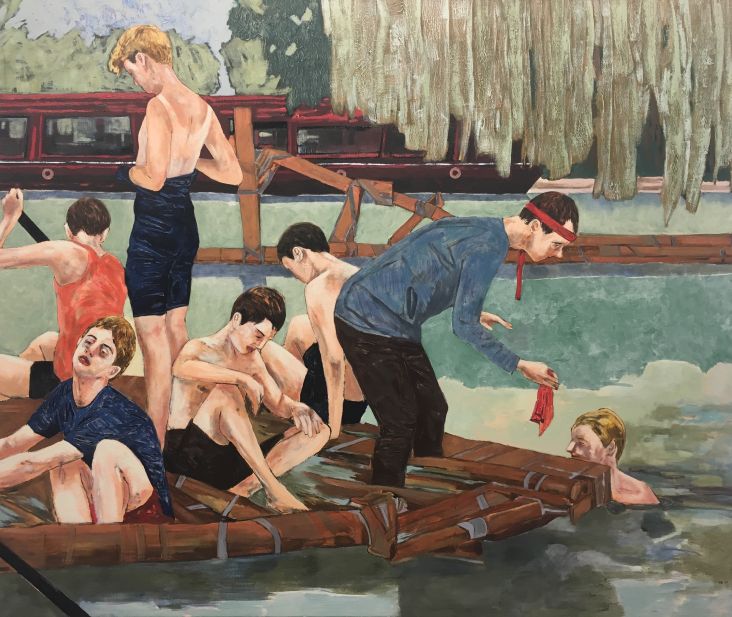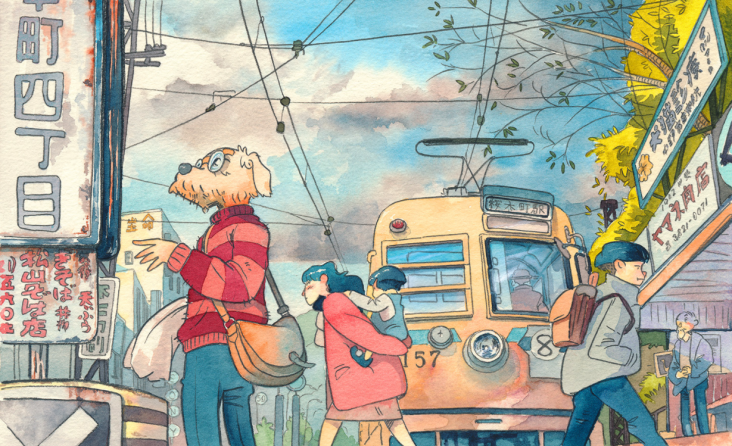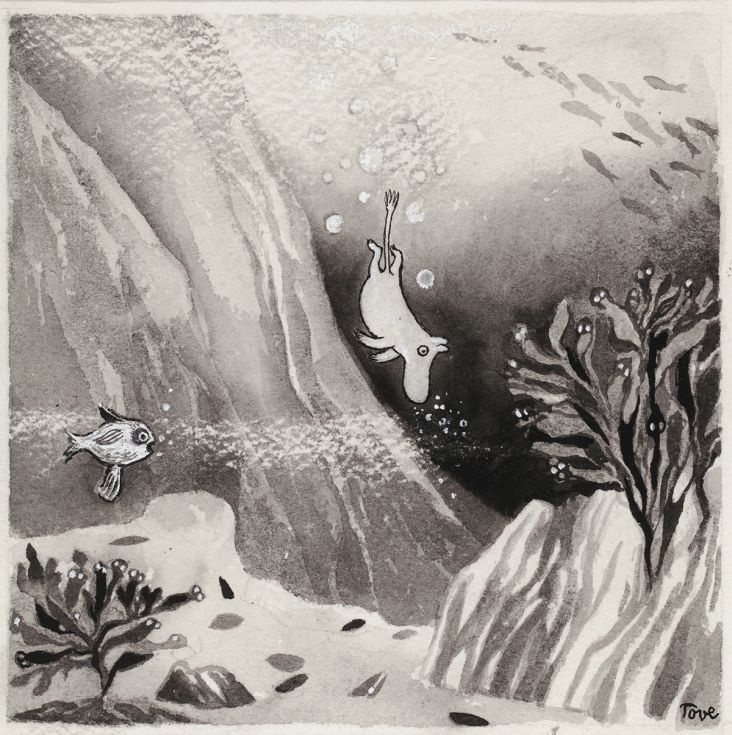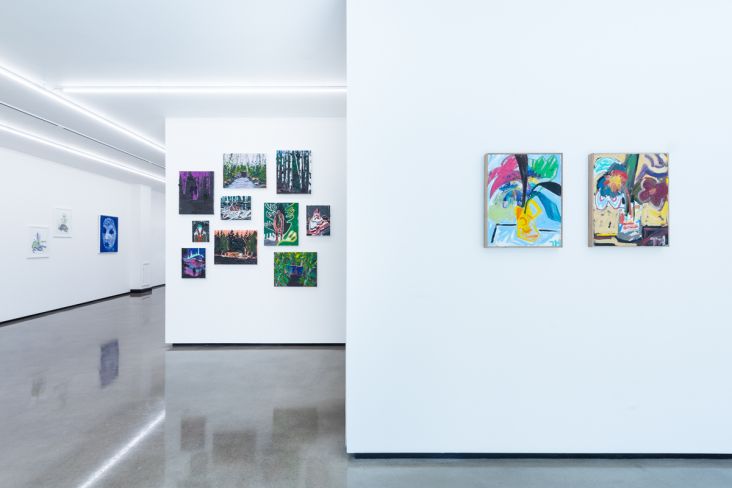Animator James Curran on self-initiated projects, hard work and the power of Gifathons
Famed for epic side projects, such as The Adventures of TinTin – which once grabbed the attention of legendary Hollywood director Steven Spielberg – James Curran is an animation director and designer who understands a thing or two about self-promotion.
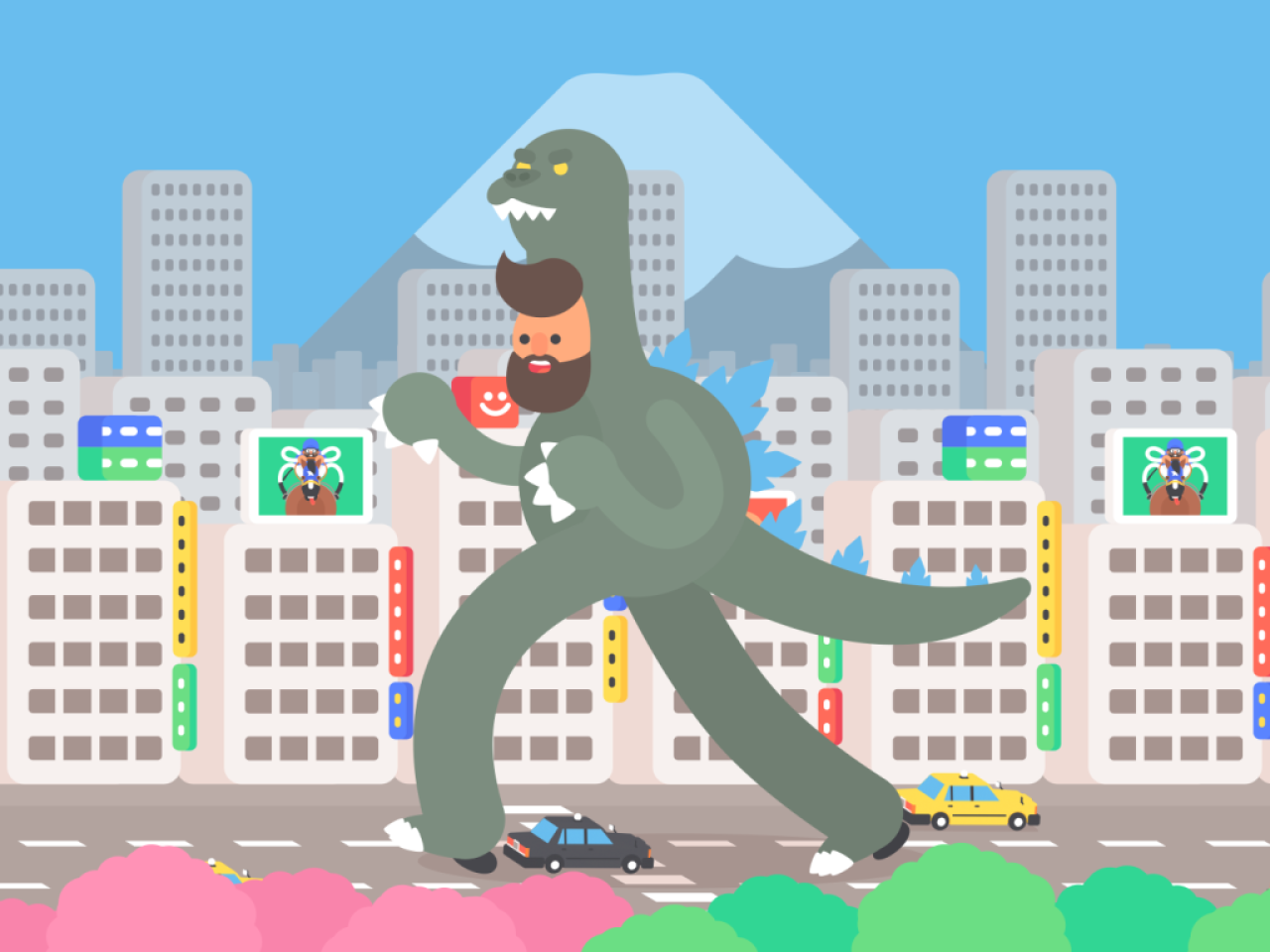
In fact, the London-based creative believes self-initiated work isn't just great for building brand awareness; it's also a fantastic way to keep your career fun and interesting, as well as develop new skills.
You'll no doubt have seen his latest fun project, Tokyo Gifathon, where James unbelievably animated a new gif every day for 30 days. With clients including Disney XD, Virgin Media and Lucozade, we were keen to speak to James about his work, life and much more.
How on earth did you achieve the Gif Marathon in April? It was spectacular
It was my third Gifathon after doing 30 days each in New York and Los Angeles over the past couple of years, so I knew I could do it, but still, the day before I started the project I had no idea how I'd do it again.
It's not until I actually start and get into a rhythm/routine of animating every day that it seems possible. Having the pressure of people expecting something every day, because I've told them that I'm doing it, is I think the main reason that I'm able to get it done.
Why Tokyo?
As with all my Gifathons, it was a chance to go back to a city that I'd visited before and really liked but wanted to experience living in. A month is just enough time to get that feeling.
Also, as both of my previous Gifathons were in the US I wanted this one to be different, so going somewhere on the other side of the world would hopefully help me to avoid repeating too many of the same ideas.
Can you tell us more about your process and your favourite tools?
I use After Effects and specifically shape layers for about 90% of my work, illustrating that way directly instead of using Illustrator, which I find slows me down.
Even with 2D animation, I try to give it a lot of depth, so I also often add simple 3D elements from Maya to help with that.
You've had much success over the years. Have the self-initiated projects been the key to that? Like Tintin?
Self-initiated projects are the only thing that has given me success and helped move my career forward.
My Tintin project was the first one and still probably my biggest success, receiving a lot more mainstream attention than my other projects, so that gave me a really good platform to start from.
It wasn't instant success from there though, but it taught me that I should focus on personal projects as a priority over client work. I've tried to keep that focus over the 6 years since then and I've gradually built on that to try to get to a point where even my client work is close to the work I do for fun.
What else has worked really well for you in your career?
Being active on social media has really helped me a lot, not only to grow my own audience but also to allow me to connect with other artists and animators. It's quite a small industry, but they're spread all around the world, so once you've become part of the network there's almost always someone who you can meet while travelling.
I think that travelling with or without the Gifathons has been really helpful too, as just being in a different country seems to get more people in that country interested in your work. If you show that you're open to travelling to different parts of the world then they'll be more open to working with you.
You've had a few incidents lately where people have used your work without asking, or paying... how do you feel about that?
A big part of why I make GIFs is for people to share them and use them in ways that I didn't necessarily intend or expect, but when companies try to use them too, whether to illustrate articles or as adverts to promote their business, then they should really be paying as well as crediting the artist.
Where do you think this attitude that creative stuff is free comes from?
I think a lot of people see creative stuff as something you make for fun and for most people getting paid to have fun isn't something they're used to. If you don't ever create anything yourself, then maybe it's hard to see the value in it or understand the amount of effort and time that needs to go into making something. Just because you enjoy doing it doesn't mean it isn't hard work.
People aren't used to paying for things on the web, certainly – how do you think we can change that?
It's mainly editorial websites who don't seem to be used to paying for things, as advertising agencies and larger brands have been paying for a while.
I don't think there's much that individual creators can do to change this beyond complaining about it on social media, which doesn't really achieve anything. If every single creator always refused to let these companies use their work for free then they might eventually realise that they have to start paying, but I doubt that will ever happen.
Has it got better or worse lately?
I've definitely had a lot more people sending examples of companies using my work recently, but it seems like the more I talk about it the more people send me. Usually I'd prefer not to know, so maybe I shouldn't talk about it any more!
Moving on, is there anything you're currently working on that you can tell us about?
I'm doing quite a lot of social media campaigns for various brands around the world, but as my Tokyo Gifathon is most likely my last, I want to organise an exhibition of all three projects. Mainly just because I think it will be cool to see all 90 animations playing together in one space.
Then, I want to move on to a new self-initiated project...
Whose work are you loving at the moment?
It's difficult to pick specific people because there's so much good work out there, but I think I admire the work of small studios and collectives more than anything. People like Oddfellows, Giant Ant, Golden Wolf, Gunner, Moth, and Animade. The best work is usually made when people collaborate, so that's something I definitely want to do more of in the near future.
For all those aspiring animators out there, what career advice can you share?
You never stop learning, but the best way to learn quickly is to animate as much as possible, ideally every day. It's also important to share your work, partly to get comfortable with showing it to people and also to get feedback on how you might be able to improve.
If you focus on doing that then the work will eventually come. Being persistent and not giving up is maybe the most difficult thing to do, but it's also the most important.




 by Tüpokompanii](https://www.creativeboom.com/upload/articles/58/58684538770fb5b428dc1882f7a732f153500153_732.jpg)

 using <a href="https://www.ohnotype.co/fonts/obviously" target="_blank">Obviously</a> by Oh No Type Co., Art Director, Brand & Creative—Spotify](https://www.creativeboom.com/upload/articles/6e/6ed31eddc26fa563f213fc76d6993dab9231ffe4_732.jpg)









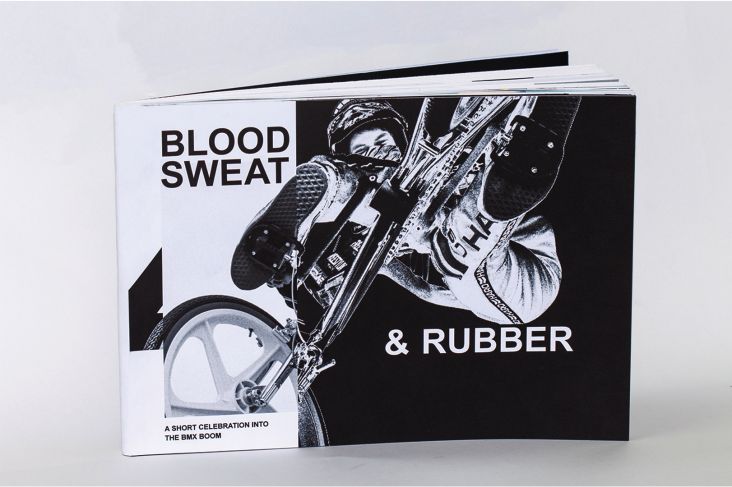
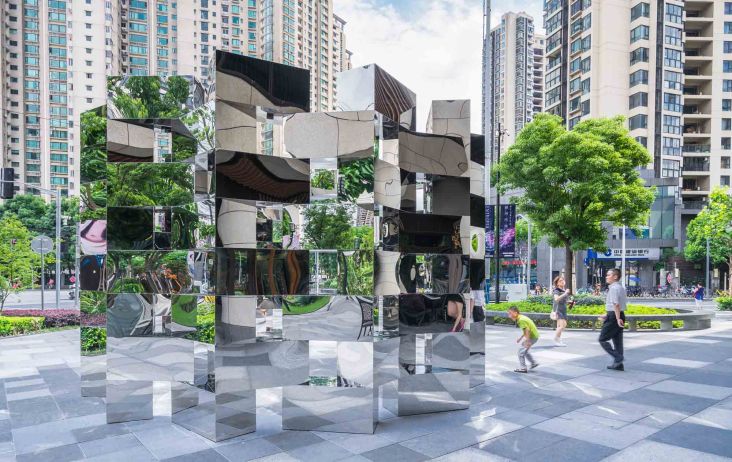
](https://www.creativeboom.com/upload/articles/51/5154f8a374d0d7c6e39a4dee5e7eb07b4e88d38b_732.jpeg)
